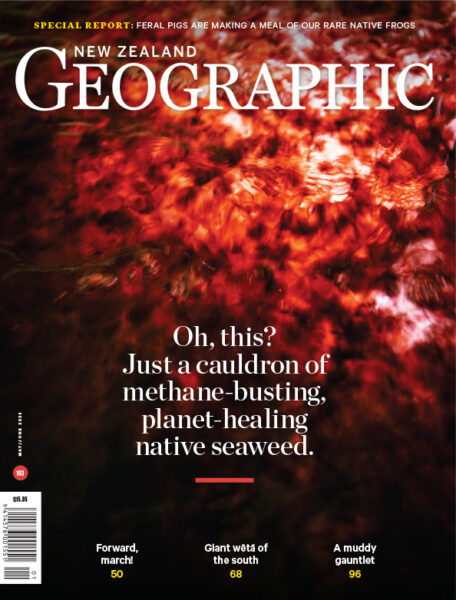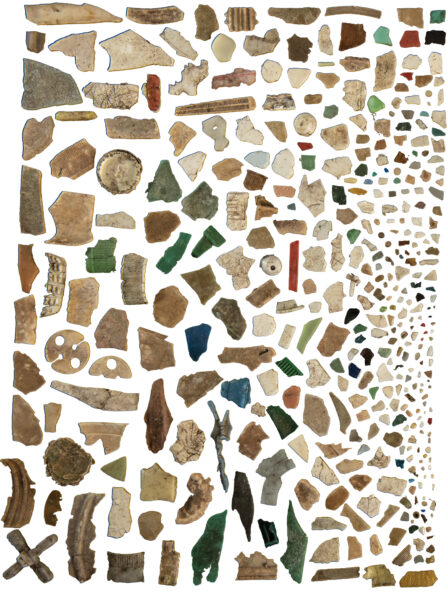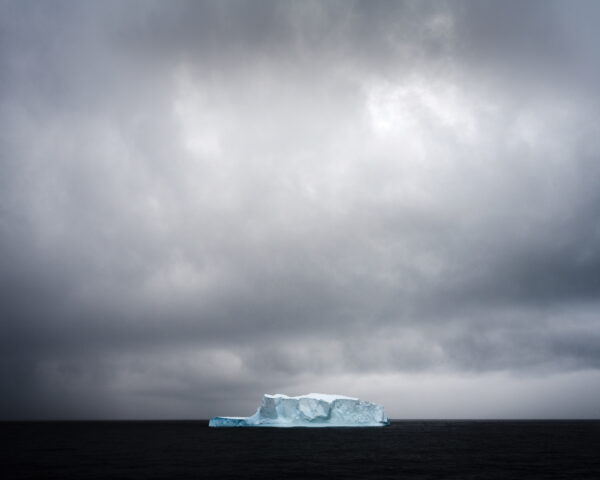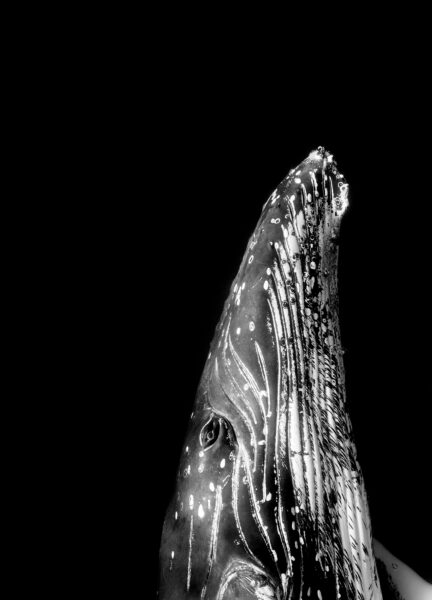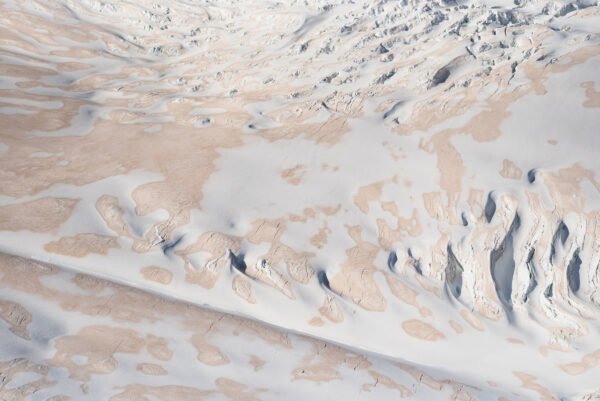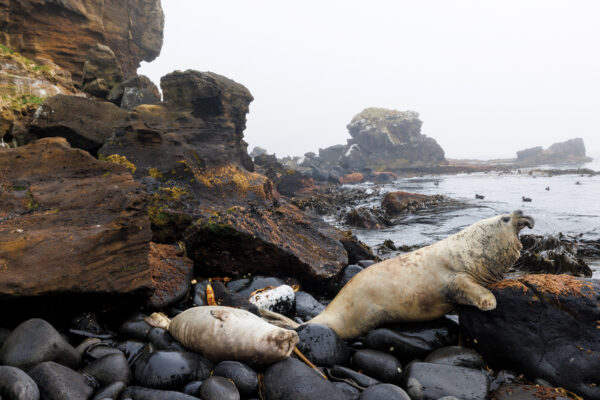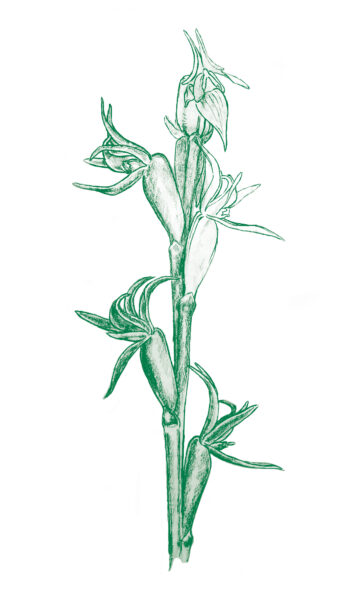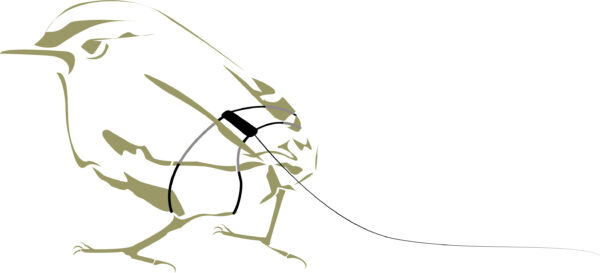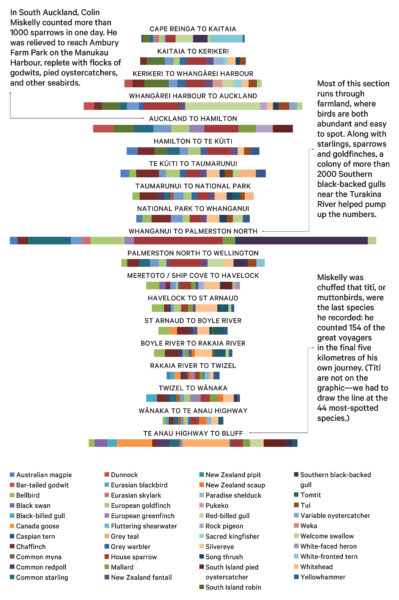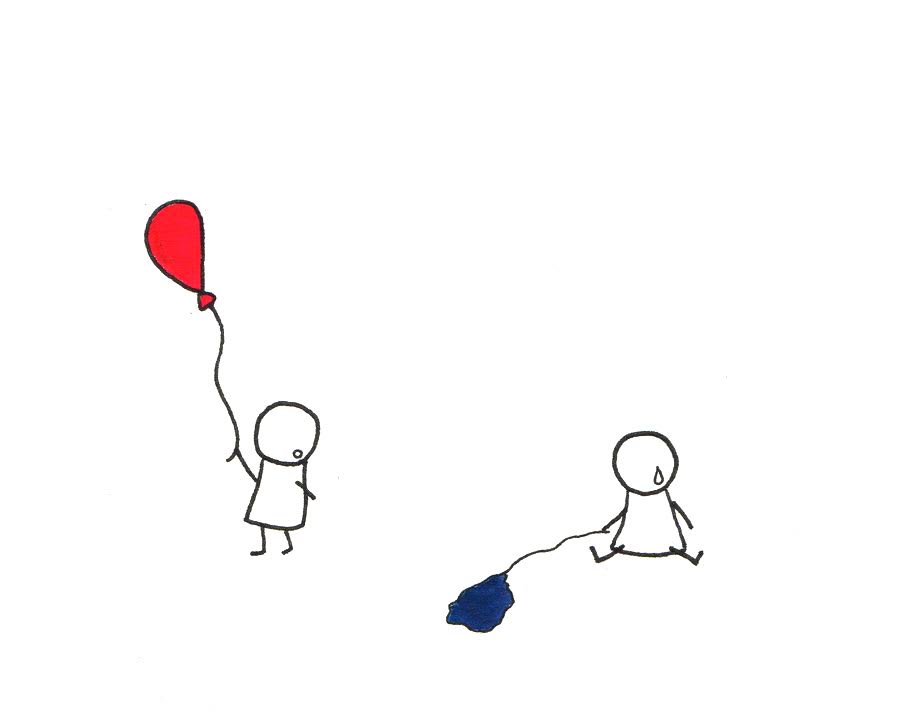Dust to dust
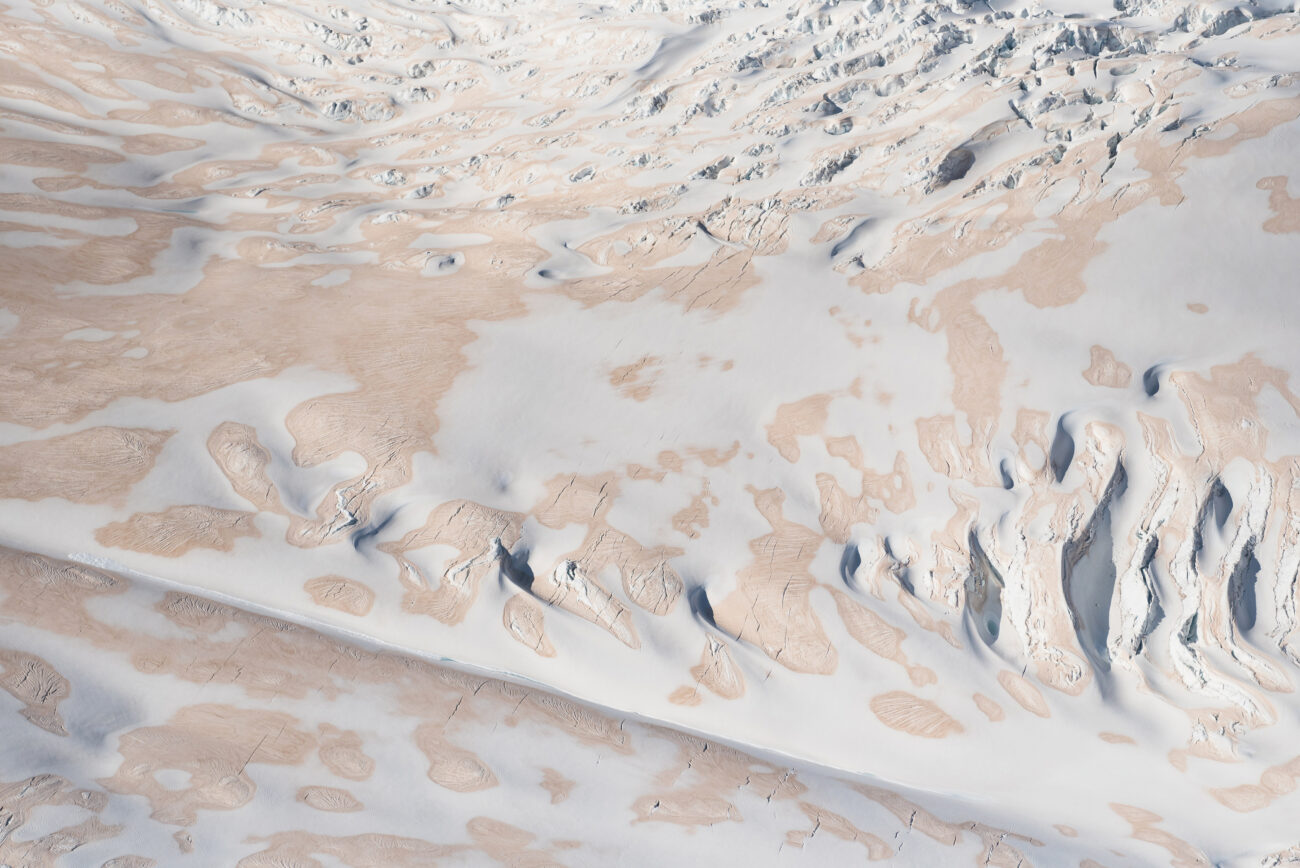
Remember the sky on New Year’s Day of 2020? Across the South Island the air was thick and hazy, the sky an eerie yellow. Satellite images showed a brown cloud of smoke from massive Australian bushfires stretching all the way across the Tasman. When it reached the North Island, clouds over Auckland turned an apocalyptic orange.
About the same time, caramel-coloured dust appeared on Fox and Franz Josef Glaciers and blanketed the snow cap on the Southern Alps. This was caused by the bushfires, too, the media reported.
Or was it? Photography showed the dust coating the alps weeks before the late-December bushfires. New Zealand researchers analysed dust samples and found it actually came from the Australian desert, not the fires, and was carried across the sea on extraordinarily high winds. This phenomenon is rare, but not unprecedented: desert dust has coated the alps nine times since 1902.
It’s not just an aesthetic change. Dust absorbs more sunlight than ice because it’s darker in colour, so it causes snow and glaciers to melt more quickly.





